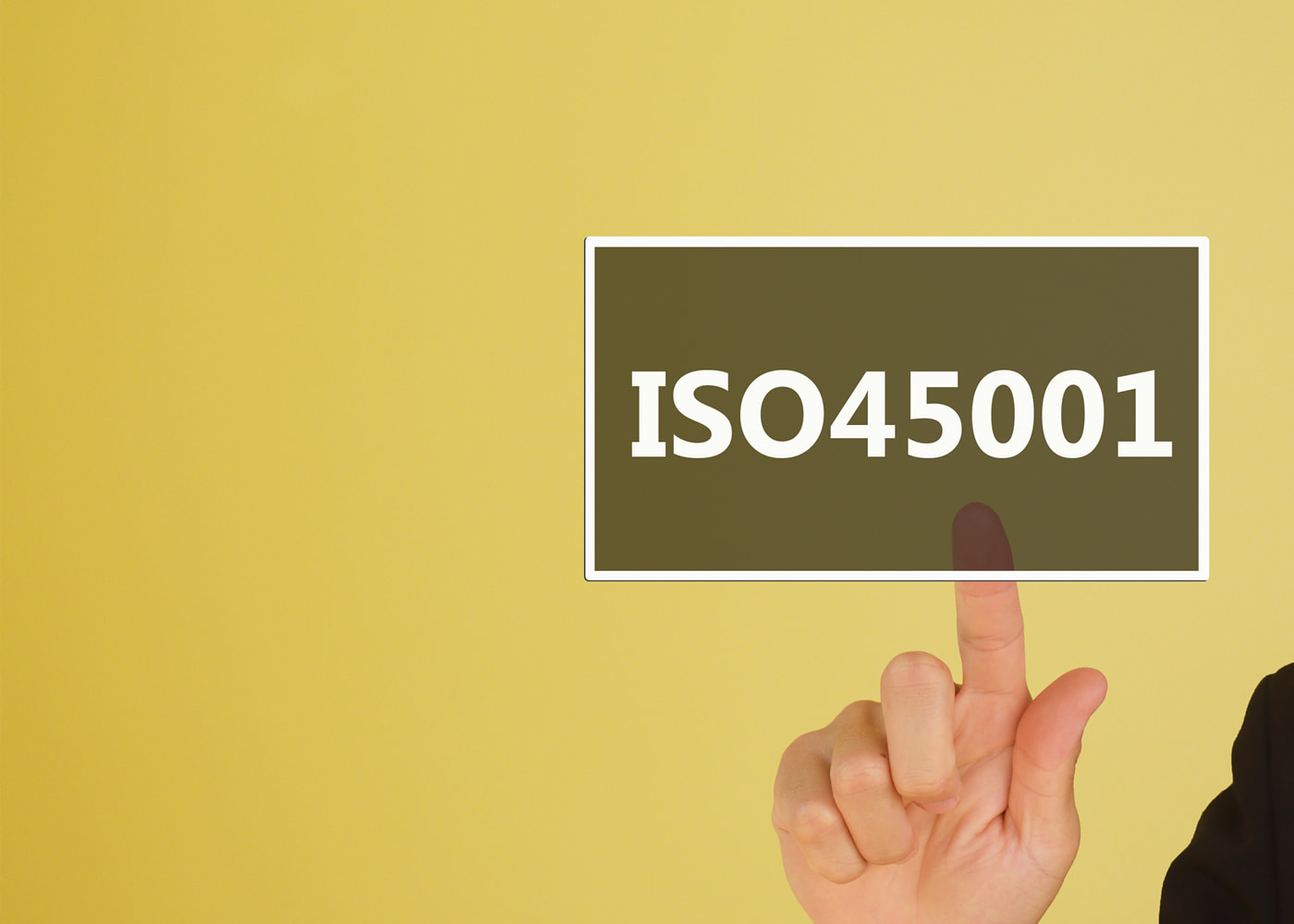ISO 45001: Stay Ahead Of The Curve - Six Strategic Considerations For Health & Safety

ISO 45001, the international standard for OH&S management systems, is a flexible and adaptable framework for managing health and safety risks. As such, each of the considerations highlighted in this article can be mapped against an ISO 45001 clause.
1 - Taking a new view to safety
Organizations typically take a traditional approach to occupational health and safety (OH&S) that is top down and learns through accidents - which should be rare - to prevent them re-occurring.But there’s a missed opportunity here - what about the millions of hours worked where everything went right? By measuring success through accidents we’re actually measuring the absence of safety. If you’re only learning from failure, the better you get, the less opportunities there are to learn and improve. Which brings us to the new view of safety. Here, the emphasis is on ensuring that as much as possible goes right.
2 - A holistic view: people and process safety risk
OH&S management systems tend to lean towards managing people related risks. Clearly, this is important, but it cannot be at the expense of managing process safety risk. The two must operate side-by-side.The rigor and systematic processes that ISO 45001 brings to personnel safety adds significant value to an organization’s process safety management. Designing one program that addresses both people and process safety risks is a prerequisite to best practice health and safety. This enables organizations to share information and success stories across teams, culminating in a more robust approach.
3 - Appropriate critical risk controls
The Safety Triangle is a tried and tested tool for OH&S professionals. It maps fatalities and major risks at the top, with more minor events, such as near misses, towards the bottom.The premise is that by dealing with the minor risks, you stop major incidents. But here’s the thing. Analysis shows that only a fifth of the incidents at the bottom of the Safety Triangle have any relationship to the ones at the top, the consequence being that many critical risks are not being adequately addressed.
Any review of critical risks should include an in-depth assessment around their control. Critical and minor risks are not equivalent and risk management activities should reflect that. Understanding how to identify the types of incidents that could result in the most serious outcomes is critical and being able to filter these is key. A systematic and structured approach to the identification of key risk and exposure is essential for every business.
4 - First principles for third parties
How an organization contracts with, pays and motivates its workforce is a fundamental and often overlooked dimension of risk management.By taking more active responsibility for those working on site, the focus shifts to where it is needed - on outcomes - not contracts or legal liabilities, but there are myriad factors to consider. How do you make sure contractors get the same training and information as other workers? How do you avoid shortcuts being taken to get the job done quicker? How do you contain transmissible diseases if external parties aren’t paid sick pay and are reluctant to take time off?
5 - The return to the workplace
Across many businesses, plans are being made for a return to the workplace as COVID-19 restrictions are lifted. This will require careful planning and a flexible approach to realize the gains that home working can deliver in terms of health and well-being. Organizations will also need to manage emerging risks around mental health and changes to working patterns. For some organizations, planning needs to consider two distinct groups – office-based employees and production personnel.6 - ISO 45001 as a strategic asset
The benefit of this is that ISO 45001 certified organizations can use the guidance and requirements highlighted within the standard to support the continual improvement of their OH&S management system. So new trends and events that require consideration and action, whether that be returning to work or controlling critical risks for example, can be adequately addressed through properly documented processes and procedures.Recent developments around the ISO 45001 standard further support challenging areas where more detail was required. ISO/FDIS 45003, which is due to be published in the third quarter of 2021, will be the first international standard to tackle psychological health at work. In addition, a set of guidelines for safe working during the COVID-19 pandemic have also now been released via ISO/PAS 45005.
It’s never been more important for an organization to take a structured and ordered approach to how they protect and support the health, well-being and safety of their people.
Read the full article here
Contact us to learn more about ISO 45001 certification and training.
Sponsored Content
About the Author

James Pomeroy
LRQA
James Pomeroy is the Group HSES Director for Lloyd's Register, a global technical and business services organisation. James is responsible for advocating and delivering high standards, thought leadership and best practice in health, safety, environmental
and security management across LR’s global operations. With 25 years of experience, James has extensive experience in designing and implementing successful behaviour change within organisations and embracing a positive approach. He has considerable experience
in enhancing human performance and safety culture through behavioural intervention. He is known for his insights into strategic directions that improve effectiveness and outcomes. People and culture change has been a consistent theme in James’ career.
An engineer by training, James has been involved in leading and transforming global HSES programmes in a variety of sectors, including upstream oil and gas, aviation, mining and heavy manufacturing. James holds an MSc in HSE management, an LLM in international environmental law and a MBA in sustainable business. He is a Chartered Member of the Institute of Occupational Safety and Health (IOSH), a Chartered Member of the Institute of Environmental Management and Assessment (IEMA), and a Chartered Environmental practitioner.
An engineer by training, James has been involved in leading and transforming global HSES programmes in a variety of sectors, including upstream oil and gas, aviation, mining and heavy manufacturing. James holds an MSc in HSE management, an LLM in international environmental law and a MBA in sustainable business. He is a Chartered Member of the Institute of Occupational Safety and Health (IOSH), a Chartered Member of the Institute of Environmental Management and Assessment (IEMA), and a Chartered Environmental practitioner.


